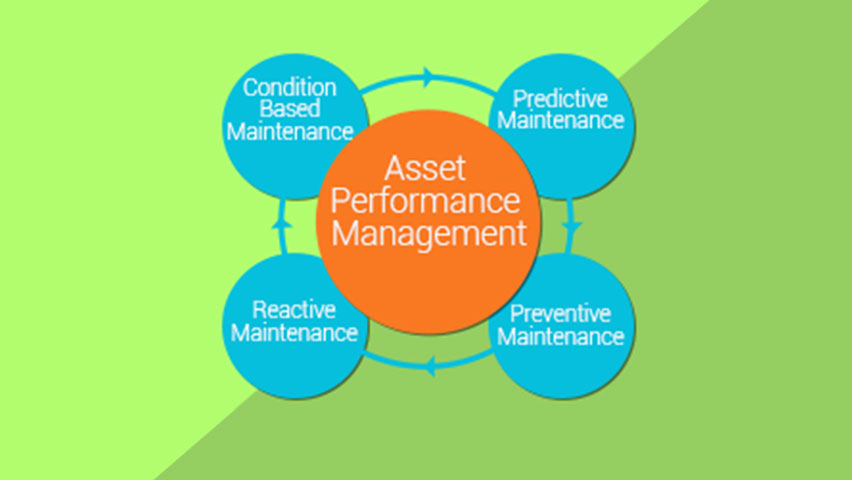Asset management strategies have dramatically shifted from reactive to preventive, and recently to predictive, yielding significant returns for government, utilities and asset intensive companies. Integration of technology with reliable operational data has driven innovations like Asset Performance Management (APM).
Asset performance management leverages technology to manage assets and to achieve operational reliability, safety and efficiency.
“Gartner projects that by 2018, 50% of asset-intensive organizations will rely on APM to help them optimize the performance of their critical assets.”
However, new technologies are met with skepticism and APM is no different. In this blog post, we will answer some of the most commonly asked APM questions.
Is APM an alternative to Predictive Maintenance (PdM) or Reliability Centered Maintenance (RCM)?
Predictive or reliability centered maintenance are solely maintenance-centric versus a systematic approach. Though PdM / RCM can significantly reduce downtime, improve labor utilization and overall labor cost, it can result in higher overall operational costs. APM offers a more holistic view, balancing the maintenance performance with business performance. When combined with the capabilities of predictive asset management and condition-based maintenance, APM offers a more comprehensive solution for maintenance professionals.
In Gartner’s recent report on “Market guide to Asset Performance Management” – APM’s capabilities are segregated into four functional categories: “Asset Strategy and Risk Management”, “Reliability-Centered Maintenance”, “Predictive Asset Management” and “Condition-based Maintenance”.
What is the relationship between EAM and APM?
Some people confuse EAM with APM. The fact is though these applications do integrate, they are different. While EAM is more focused on maintenance activities and monitoring the continuous operations of all assets, APM supports proactive decision making through tracking and alerting operational asset conditions. The diagram below is a reference taken from Gartner’s guide on asset performance management, with some minor edits, to demonstrate the relationship between EAM and APM.

EAM is more focused on maintenance activities, while APM plays a role in monitoring process and condition data to trigger alerts and notifications. APM also provides non-conformities on energy and reliability performance. APM performs repair versus replace analysis. The Work Order closure/ Failure code analysis in the EAM system feeds into APM to further improve the predictive capabilities. APM combines the insights from the EAM data source with actual condition monitoring data received from instruments to predict equipment failure. That’s why to achieve the best results out of your APM investments, it is critical to integrate your APM with your EAM application, as APM’s automatically generate work orders based on its intelligence gathering. Integrating these two applications provides value for the business by optimizing operational assets and reducing unnecessary maintenance activities and operational risks. This will help organizations reduce Total Cost of Ownership (TCO) of assets & plants.
How is APM different than Predictive Maintenance (PdM)?
Asset Performance Management is a step ahead of Predictive Maintenance. In fact, APM includes predictive maintenance, condition monitoring and RCM. Predictive maintenance (PdM) leverages condition monitoring data like vibration analysis or thermal imaging to predict asset failure. APM advances a step by using intelligent analytics to anticipate asset failure with a higher degree of confidence and automatically triggers the right action to the right person.
What are the tangible benefits of APM?
Decreased unplanned downtime, increased asset availability, improved MTBF, reduced maintenance costs are some of the key driving factors of APM.
Some statistics captured by Schneider Electric APM include:
- 20% increase in asset availability
- 20% reduction in operations and maintenance costs
- 35% reduction in inventory costs
- 20% increase in workforce efficiency
Furthermore, APM tools and technologies offer the capabilities to predict, project and perform model based analysis to reduce operational risks and improve efficiencies.
If your organization needs to increase the value of your existing operational assets or need to move from a reactive to predictive maintenance approach consider integrating Maximo or EAM with Asset Performance Management.
Reference: https://www.valudconsulting.com/blog/asset-performance-management-extends-eam/


